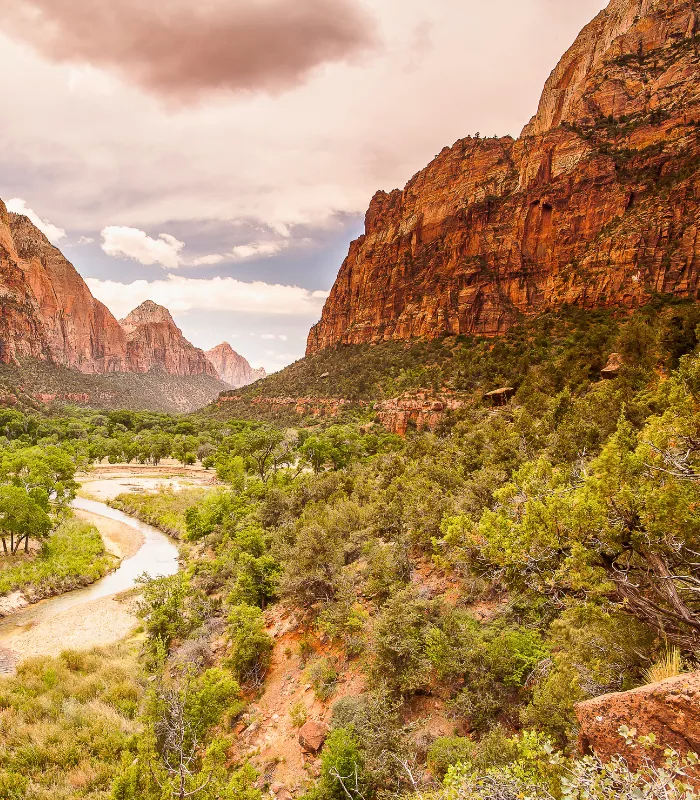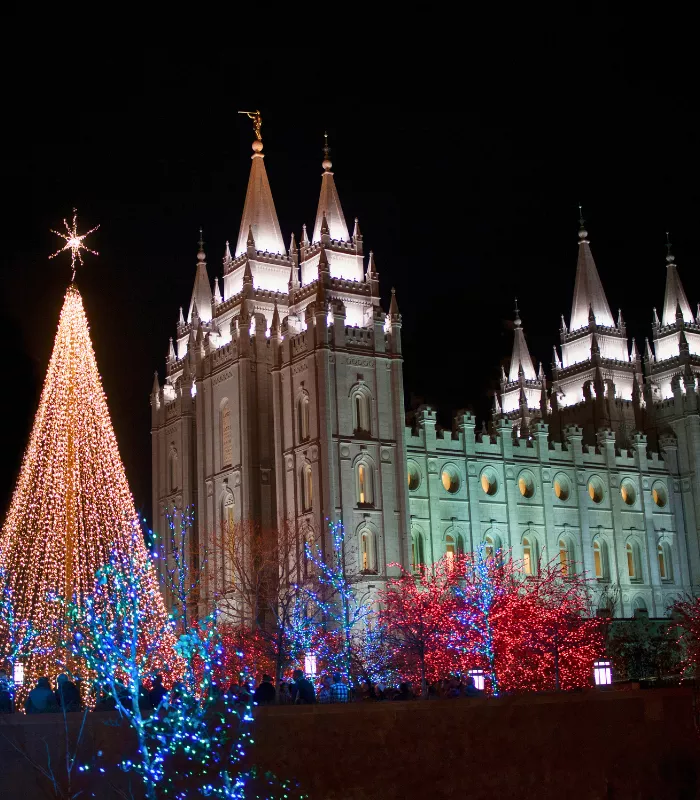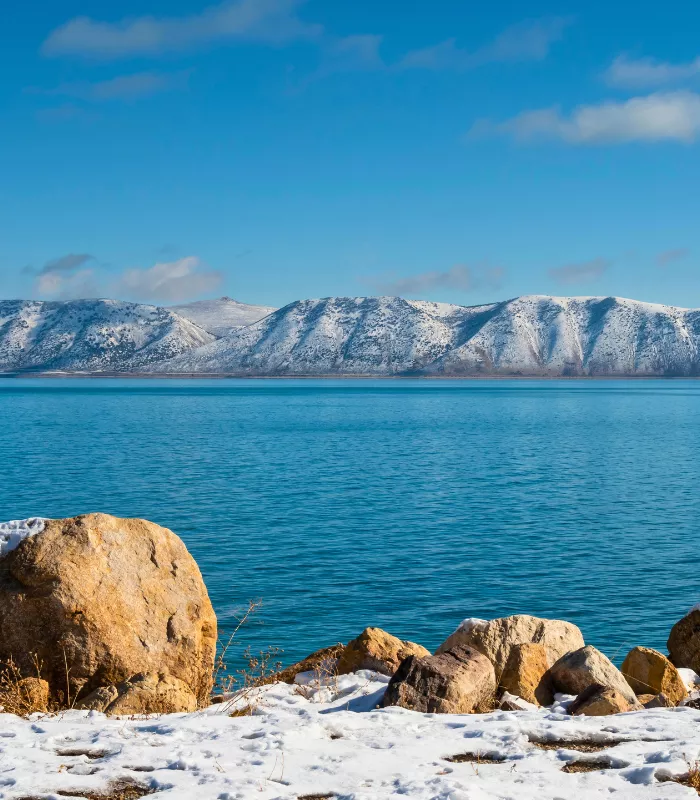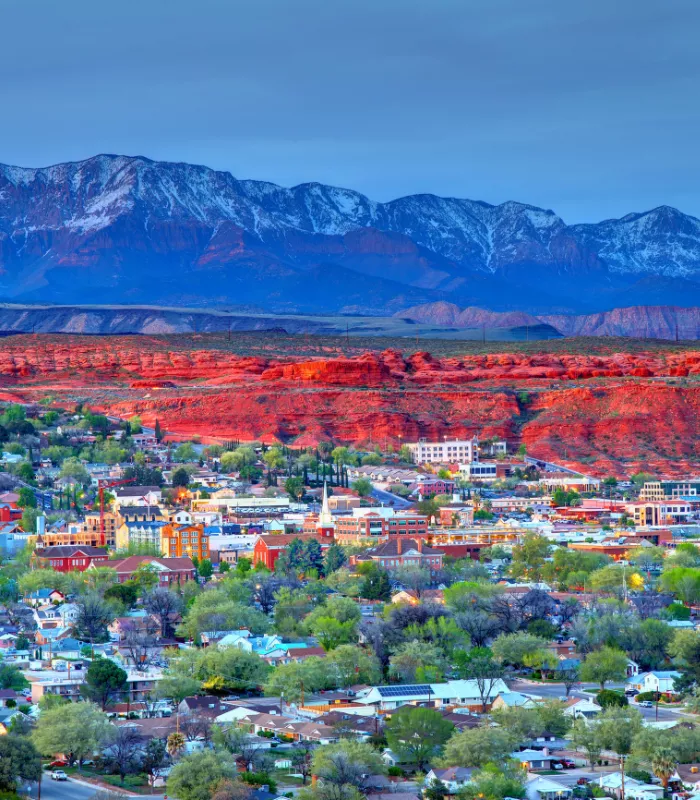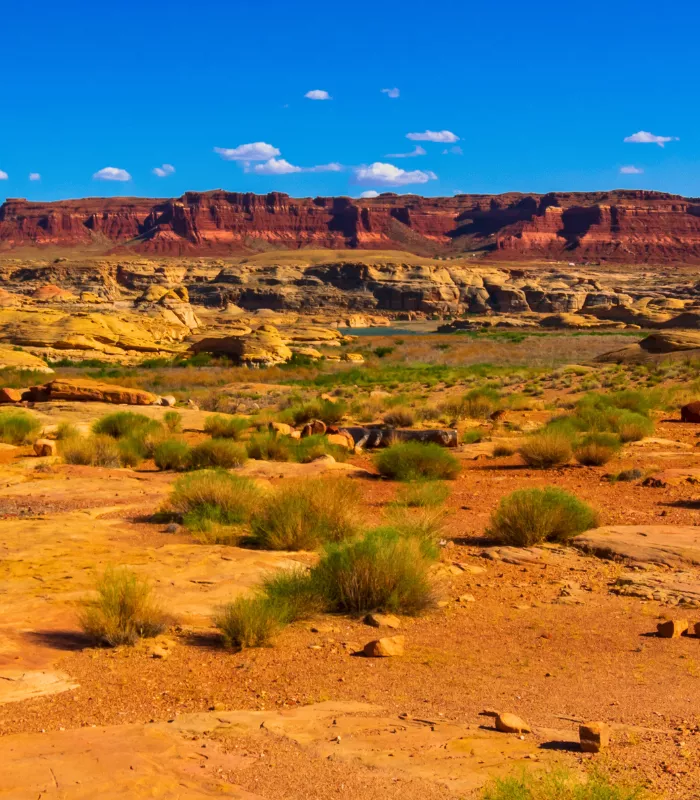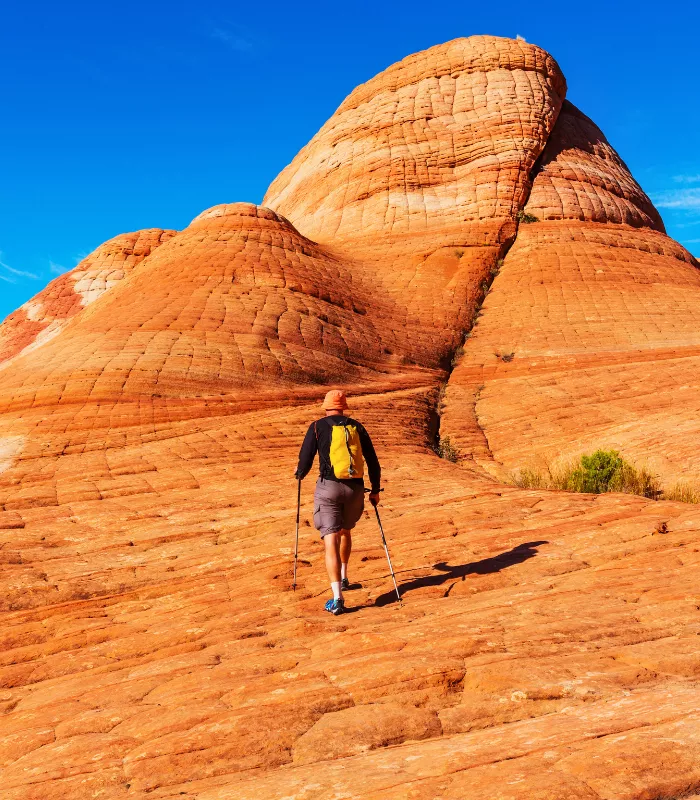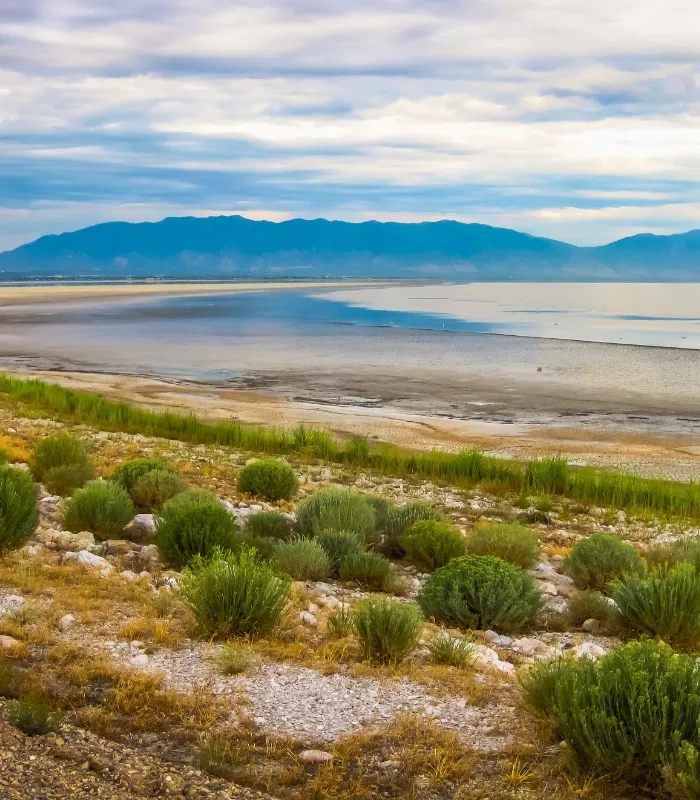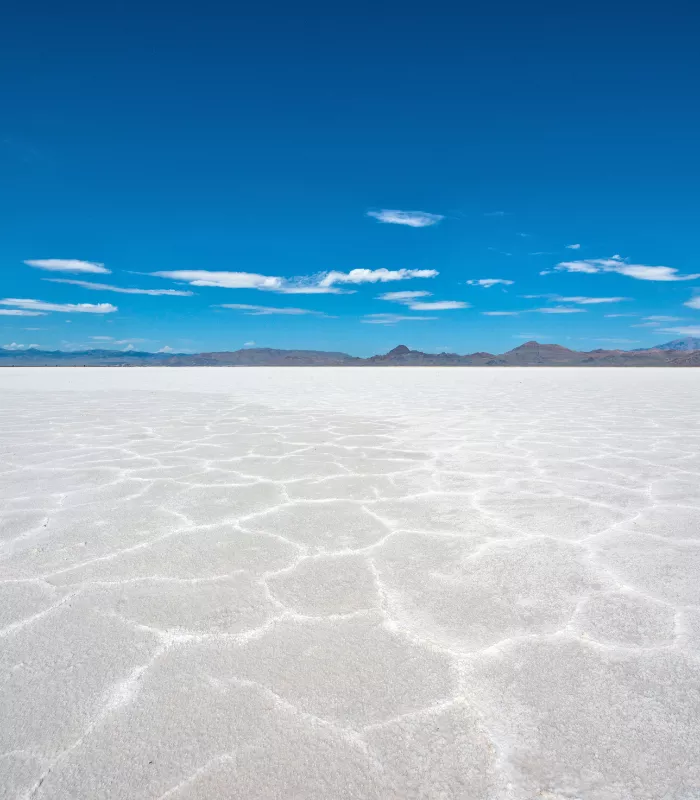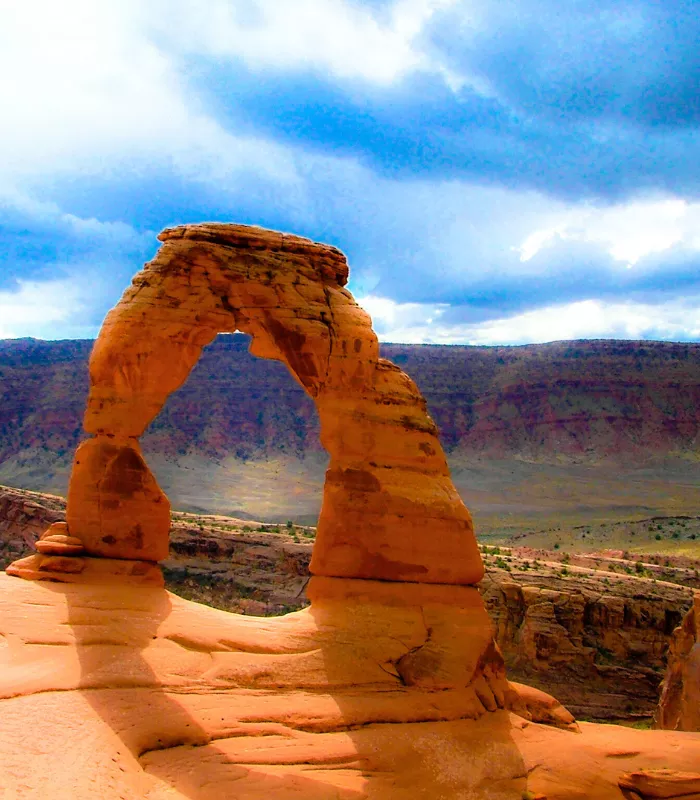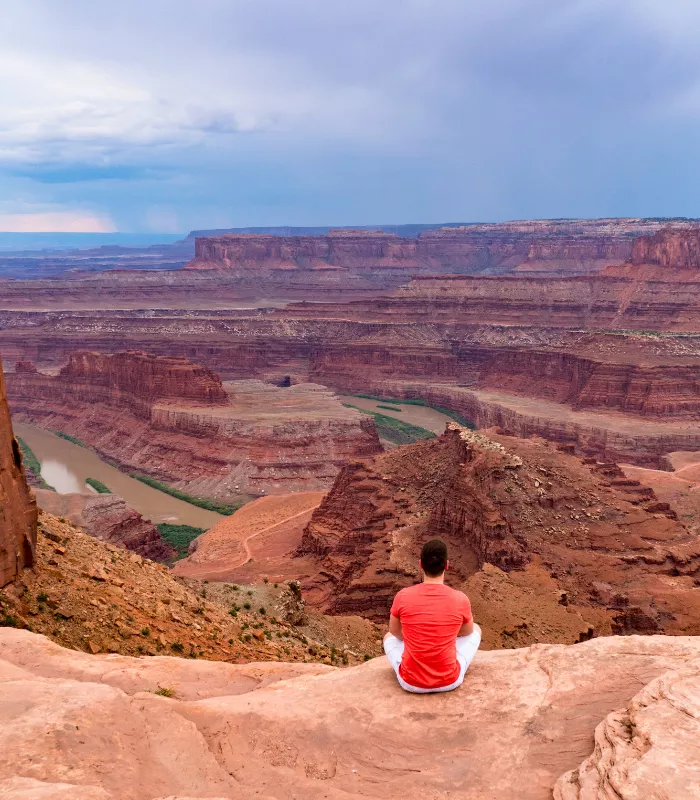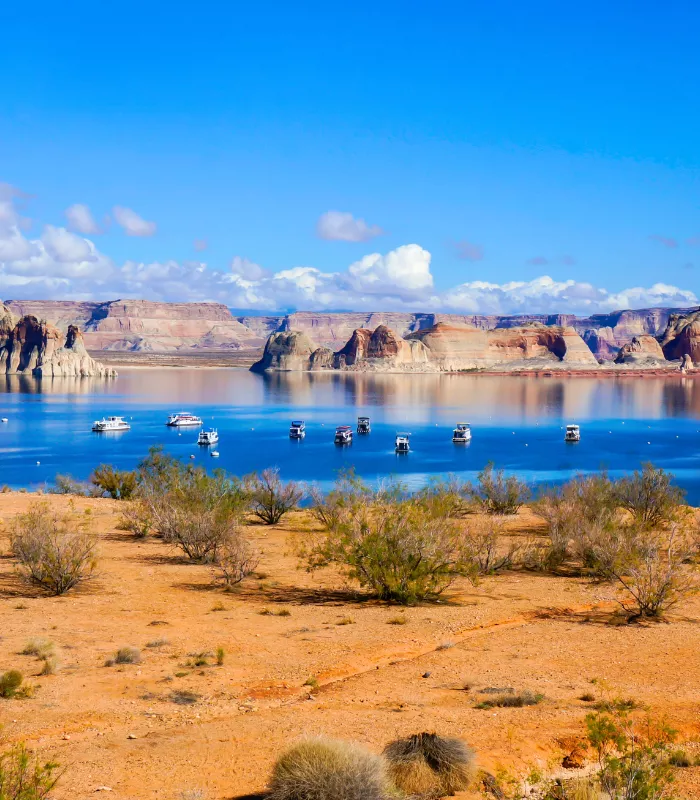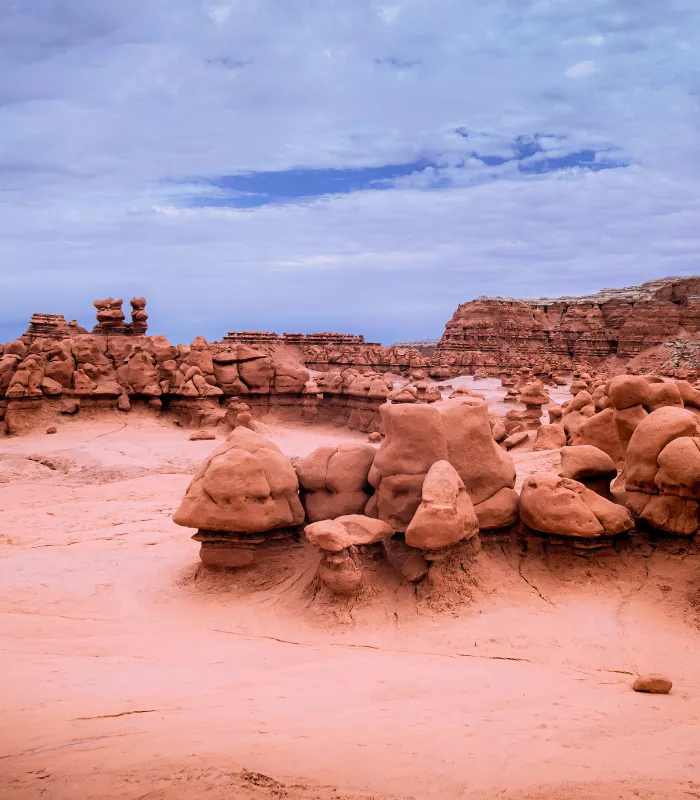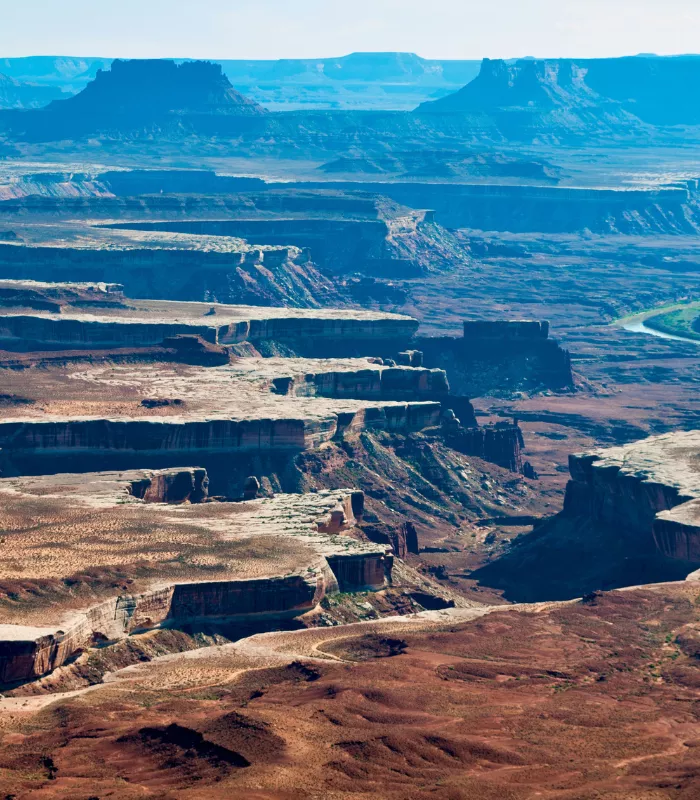Utah’s tourism industry has mastered the ancient art of turning minor inconveniences into major disappointments.
The state offers genuine outdoor adventures, but it also excels at creating situations where you’ll question your life choices.
From desert heat that could melt your hiking boots to crowds that make Disneyland look peaceful, Utah knows how to test your patience.
These destinations represent the fine line between adventure and suffering.
Spoiler alert: most cross that line.
1. Four Corners Monument, Utah/Colorado/Arizona/New Mexico
The Four Corners Monument marks the only spot in America where four states meet at once. You’ll drive for hours through desert heat to reach this remote location.
Once you arrive, there’s literally nothing else to do. You stand on a concrete slab, take a photo, and that’s it.
The monument sits in the middle of nowhere with no shade or amenities nearby. Most visitors spend less than 10 minutes here after driving hours to reach it.
Why It’s On This List: It ranked #1 on a global list of tourist traps after analysis of 23.2 million Google reviews.
2. Zion National Park Crowds, Utah
Zion National Park offers breathtaking red rock canyons and stunning hiking trails. The natural beauty is absolutely otherworldly and worth seeing.
Massive crowds have turned this peaceful wilderness into something resembling Disneyland. You’ll wait in long lines just to catch a shuttle bus.
Popular trails become human traffic jams during peak season. Finding parking requires arriving before dawn or waiting hours for a spot.
Why It’s On This List: The overwhelming crowds diminish the natural experience that visitors expect from a national park.
3. Bangerter Highway During Rush Hour, Utah
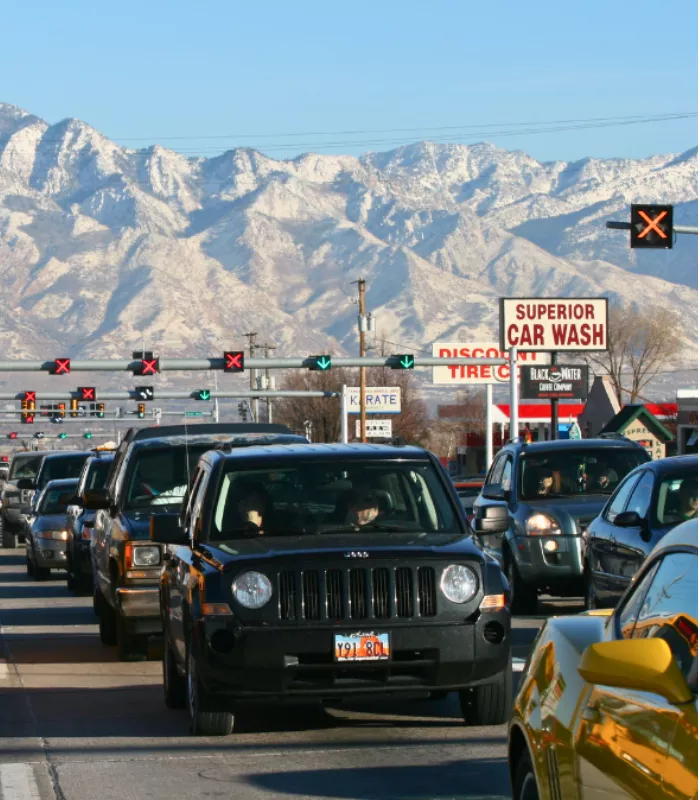
Bangerter Highway stretches across the Salt Lake Valley with numerous traffic lights. It’s a major north-south route that many commuters depend on daily.
Rush hour traffic creates dangerous gridlock conditions. Cars traveling 60 mph suddenly slam on brakes at red lights.
The multiple traffic signals create stop-and-go patterns that frustrate drivers. Rear-end collisions happen frequently when traffic suddenly stops.
Why It’s On This List: The dangerous combination of high speeds and frequent traffic lights makes this road a nightmare during peak hours.
4. Temple Square Christmas Lights Traffic, Utah
Temple Square’s Christmas light display attracts thousands of visitors each December. The beautiful decorations create a magical holiday atmosphere in downtown Salt Lake City.
Every Utah resident seems to visit on the same nights. Traffic becomes completely gridlocked within a 10-block radius of the temple.
Driving through downtown during December evenings takes forever. You’re better off taking public transportation to avoid the parking nightmare.
Why It’s On This List: The massive crowds create traffic jams that can trap drivers for hours in downtown Salt Lake City.
5. Bear Lake Without Sunscreen, Utah
Bear Lake’s brilliant turquoise waters create a Caribbean-like setting in northern Utah. The high altitude and clear mountain air make this a popular summer destination.
The intense UV rays at this elevation will burn you quickly. Many visitors forget that mountain sun is much stronger than sea level.
The lake’s reflective surface doubles your sun exposure from below. Even experienced outdoors people get severely burned here without proper protection.
Why It’s On This List: The combination of high altitude and water reflection creates sunburn conditions that catch visitors off guard.
6. Southern Utah in July, Utah
St. George and surrounding areas offer beautiful red rock landscapes and golf courses. The winter weather here is absolutely perfect with mild, sunny days.
July temperatures regularly exceed 100 degrees Fahrenheit. The desert heat becomes unbearable for most outdoor activities.
Even early morning hikes become dangerous in the extreme heat. You’re better off visiting during fall, winter, or early spring months.
Why It’s On This List: Summer temperatures make outdoor activities dangerous and uncomfortable for most visitors.
7. Utah Liquor Stores Before Holidays, Utah
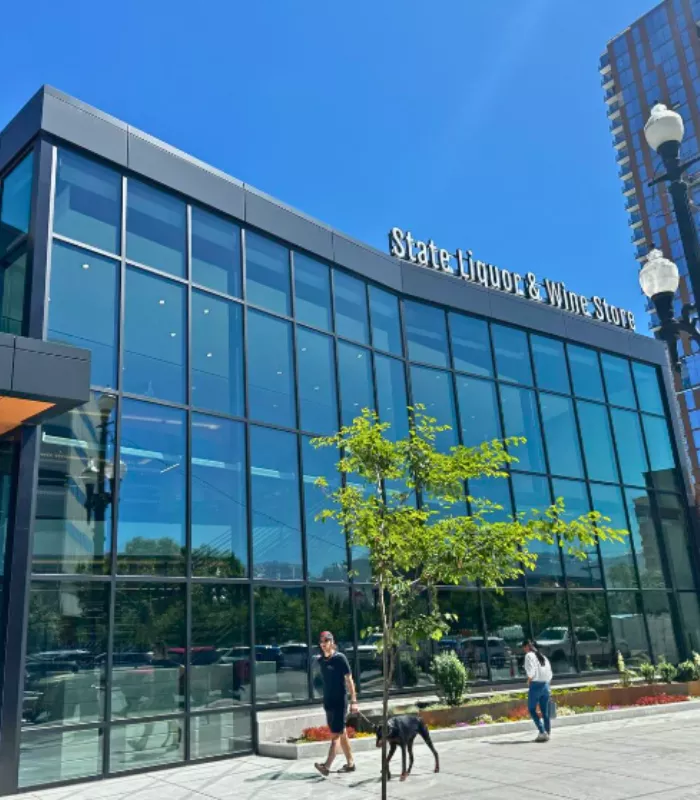
Utah’s state-controlled liquor stores offer limited selection at higher prices than neighboring states. The stores close on all state holidays throughout the year.
Everyone rushes to buy alcohol the day before each holiday. Lines stretch around the block as people stock up.
You’ll wait an hour or more just to make a purchase. The already expensive prices feel even worse when you’re standing in endless lines.
Why It’s On This List: The combination of holiday closures and limited store locations creates massive crowds and long waits.
8. Remote Desert Areas Without Preparation, Utah
Utah’s vast desert regions offer incredible solitude and stunning landscapes. Interstate highways make these remote areas seem easily accessible to travelers.
Cell phone coverage disappears quickly once you leave main roads. Getting stranded here can become life-threatening within hours.
Even areas near major highways can be deadly if your car breaks down. Rescue teams may not find you for days if you’re out of sight from the road.
Why It’s On This List: The remote locations and extreme weather conditions make car trouble potentially fatal for unprepared travelers.
9. Hiking During Hunting Season Without Orange, Utah
Utah’s mountains offer excellent hiking opportunities during fall months. The changing aspen leaves create spectacular golden displays throughout the high country.
Hunting season overlaps with prime hiking weather in October. Hunters with rifles roam the same trails you want to explore.
Not all hunters properly identify their targets before shooting. You’re better off wearing bright orange clothing to avoid being mistaken for wildlife.
Why It’s On This List: The overlap of hunting season with peak hiking weather creates dangerous situations for unprepared hikers.
10. Moose Encounters on Trails, Utah
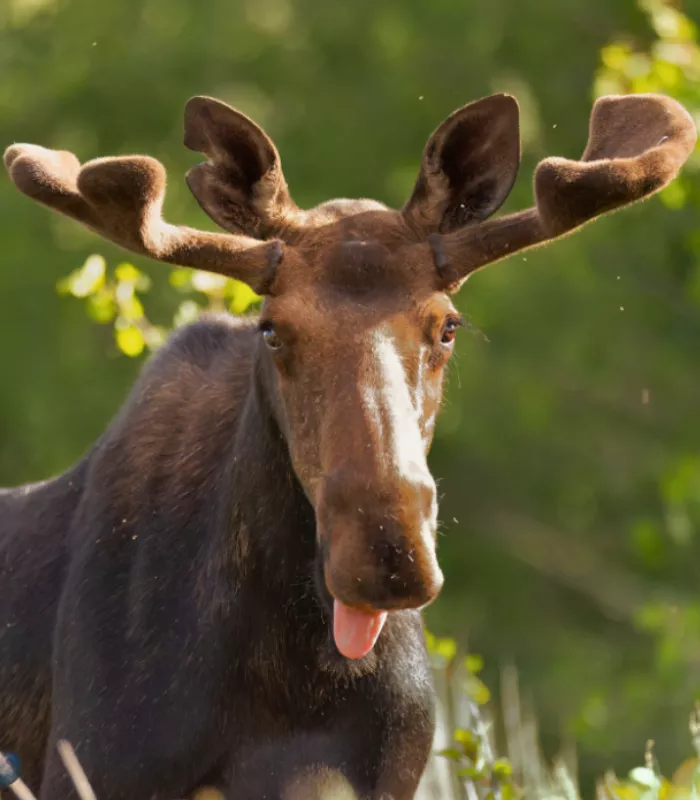
Utah’s mountain trails offer chances to see incredible wildlife including majestic moose. These massive animals can weigh over 1,000 pounds and stand six feet tall.
Moose are extremely dangerous, especially during mating season in fall. Bulls become aggressive and territorial when looking for mates.
Mother moose with calves will charge hikers who get too close. Even experienced outdoors people underestimate how quickly these huge animals can move.
Why It’s On This List: Moose attacks cause more injuries than bear encounters, yet many hikers don’t take them seriously enough.
11. Antelope Island State Park Bugs, Utah
Antelope Island sits in the middle of the Great Salt Lake with roaming bison herds. The island offers unique wildlife viewing opportunities and stunning sunset views.
Biting gnats swarm visitors during warm months. These tiny insects attack in massive clouds that make outdoor activities miserable.
The bugs are so thick they get in your eyes, nose, and mouth constantly. Even bug spray doesn’t provide complete protection from these relentless swarms.
Why It’s On This List: The overwhelming insect swarms make this beautiful location nearly unbearable during peak visiting season.
12. Bonneville Salt Flats in Winter, Utah
The Bonneville Salt Flats create an otherworldly white landscape stretching to the horizon. This unique geological formation attracts photographers and speed enthusiasts year-round.
Winter flooding turns the flats into a shallow lake. The famous white salt surface disappears under inches of standing water.
You’ll drive hours expecting to see the iconic salt desert. Instead, you’re better off visiting during late summer when the water evaporates completely.
Why It’s On This List: Winter visitors often find water instead of the famous salt flats they came to see.
13. Arches National Park at Noon, Utah
Arches National Park contains over 2,000 natural stone arches in stunning red rock formations. The park’s unique geology creates some of America’s most photographed landscapes.
Midday sun creates harsh shadows and washes out the red rock colors. Professional photographers avoid shooting here during the noon hours.
The intense desert heat also makes hiking dangerous during midday. Early morning or late afternoon visits provide much better lighting and cooler temperatures.
Why It’s On This List: Poor lighting and extreme heat make midday visits disappointing compared to golden hour photography.
14. Canyonlands Without 4WD, Utah
Canyonlands National Park offers incredible mesa and canyon views across three distinct districts. The park’s remote location provides solitude that’s rare in Utah’s national parks.
Many scenic viewpoints require high-clearance 4WD vehicles. Regular cars get stuck on rough dirt roads leading to the best overlooks.
Rental car companies charge thousands for off-road damage repairs. You’re better off booking a guided tour if you don’t have proper equipment.
Why It’s On This List: Visitors with regular cars miss the park’s most spectacular viewpoints and risk expensive vehicle damage.
15. Capitol Reef Fruit Season Crowds, Utah
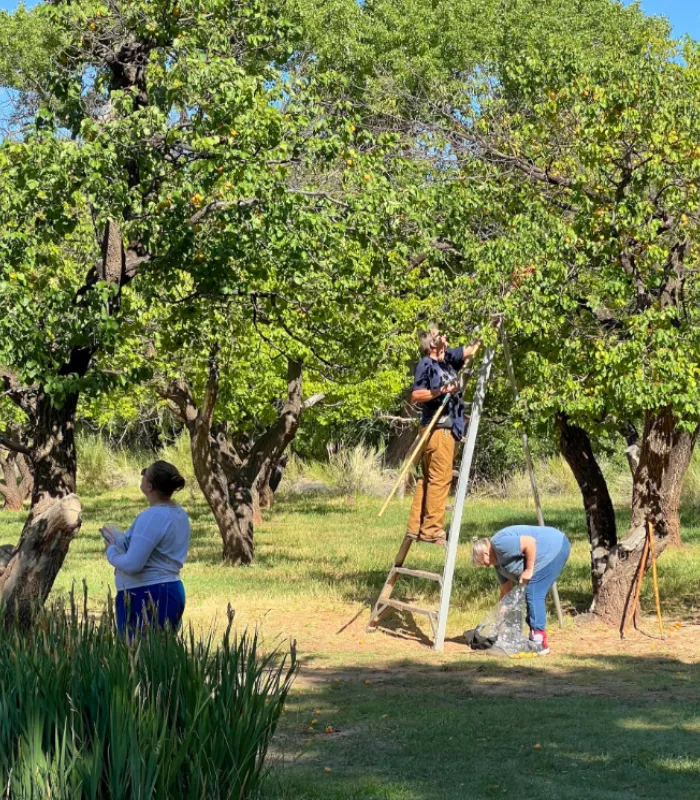
Capitol Reef National Park preserves historic pioneer orchards with free fruit picking opportunities. The park’s Fruita area offers apples, pears, and cherries during harvest season.
Word has spread about the free fruit picking program. Crowds strip trees bare within hours of ripening during peak season.
You’ll arrive expecting abundant fruit but find empty branches instead. The peaceful orchard experience becomes a competitive race against other visitors.
Why It’s On This List: Social media has turned the quiet fruit picking tradition into a crowded competition for limited resources.
16. Bryce Canyon Rim Trail in Ice, Utah
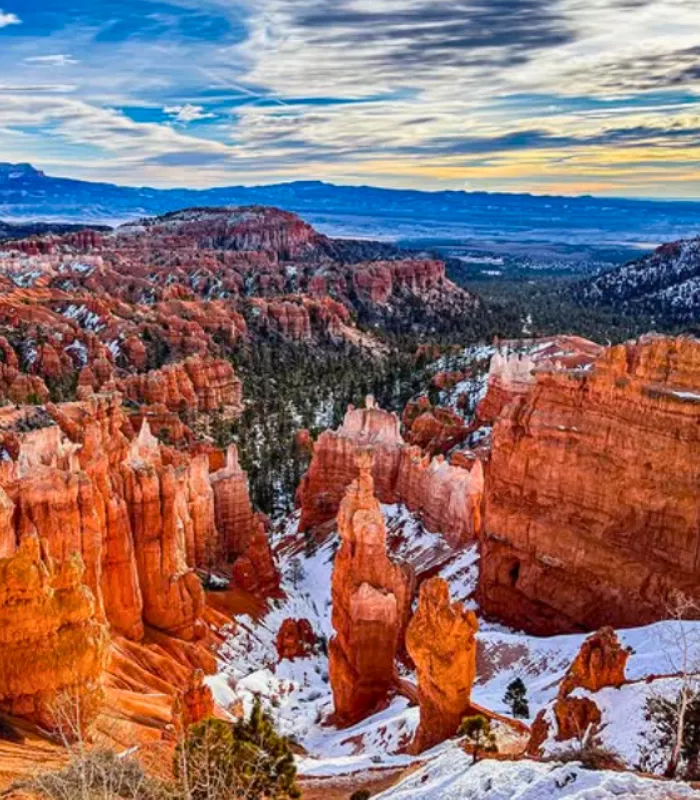
Bryce Canyon’s rim trail offers spectacular views of colorful rock formations called hoodoos. The high elevation provides cooler temperatures even during summer months.
Winter ice makes the rim trail extremely dangerous for older visitors. Black ice forms on the paved walkways near cliff edges.
One slip could result in a fatal fall into the canyon below. Park rangers frequently rescue visitors who attempt the icy rim trail without proper footwear.
Why It’s On This List: Icy conditions create life-threatening hazards along cliff-edge trails that attract unsuspecting visitors.
17. Lake Powell Houseboats in Drought, Utah
Lake Powell offers houseboating adventures on one of America’s largest reservoirs. The lake’s blue waters contrast beautifully with surrounding red rock canyon walls.
Ongoing drought has dropped water levels dramatically. Many boat ramps and marinas sit high and dry above the current shoreline.
Launching boats requires driving down steep, rocky slopes to reach water. You’re better off checking current water levels before booking expensive houseboat rentals.
Why It’s On This List: Drought conditions make boat launching difficult or impossible at many traditional access points.
18. Goblin Valley During Sandstorms, Utah
Goblin Valley State Park features thousands of mushroom-shaped rock formations called goblins. Kids love exploring these unique geological sculptures that look like alien landscapes.
Desert windstorms turn this playground into a sandblasting nightmare. High winds whip sand particles that sting exposed skin and eyes.
The fine sand gets into everything including cameras, phones, and car interiors. Even brief exposure during windstorms can damage expensive equipment permanently.
Why It’s On This List: Desert windstorms create dangerous conditions that can damage equipment and injure visitors.
19. Dead Horse Point Without Water, Utah
Dead Horse Point State Park provides one of Utah’s most photographed overlooks of the Colorado River. The dramatic cliff-top viewpoint inspired scenes in multiple Hollywood movies.
The remote location has no water fountains or facilities nearby. Dehydration happens quickly at this high desert elevation.
Emergency rescues occur regularly when visitors underestimate their water needs. The nearest services are miles away down winding mountain roads.
Why It’s On This List: The remote location and lack of facilities create dehydration emergencies for unprepared visitors.
20. Natural Bridges During Flash Floods, Utah
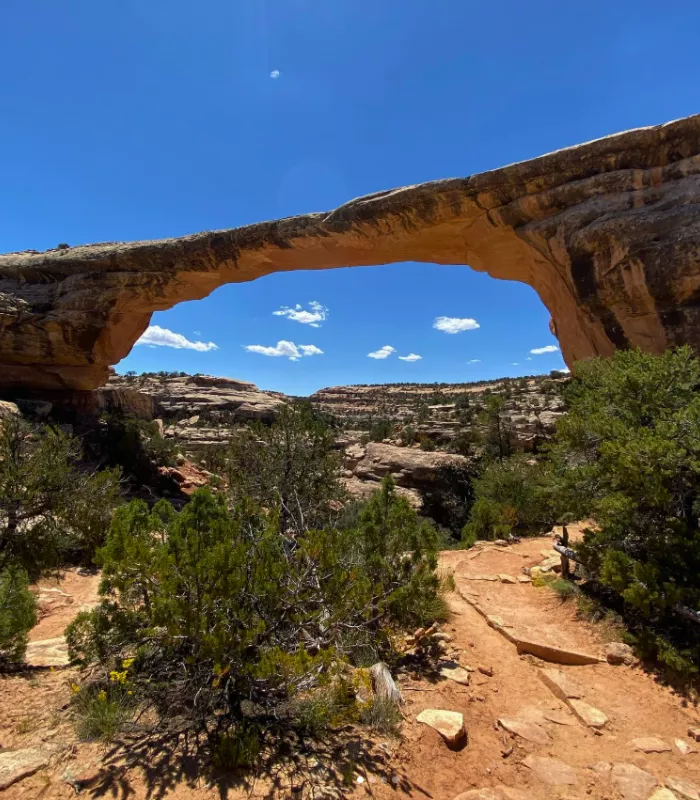
Natural Bridges National Monument contains three massive stone bridges carved by ancient streams. The remote location offers solitude and dark skies perfect for stargazing.
Summer thunderstorms create deadly flash floods in the narrow canyons. Water levels can rise 20 feet within minutes during storms.
The bridges themselves sit in flood-prone washes that become raging torrents. Rangers close trails immediately when storms threaten the area.
Why It’s On This List: Flash flood danger makes this beautiful location potentially deadly during Utah’s monsoon season.

